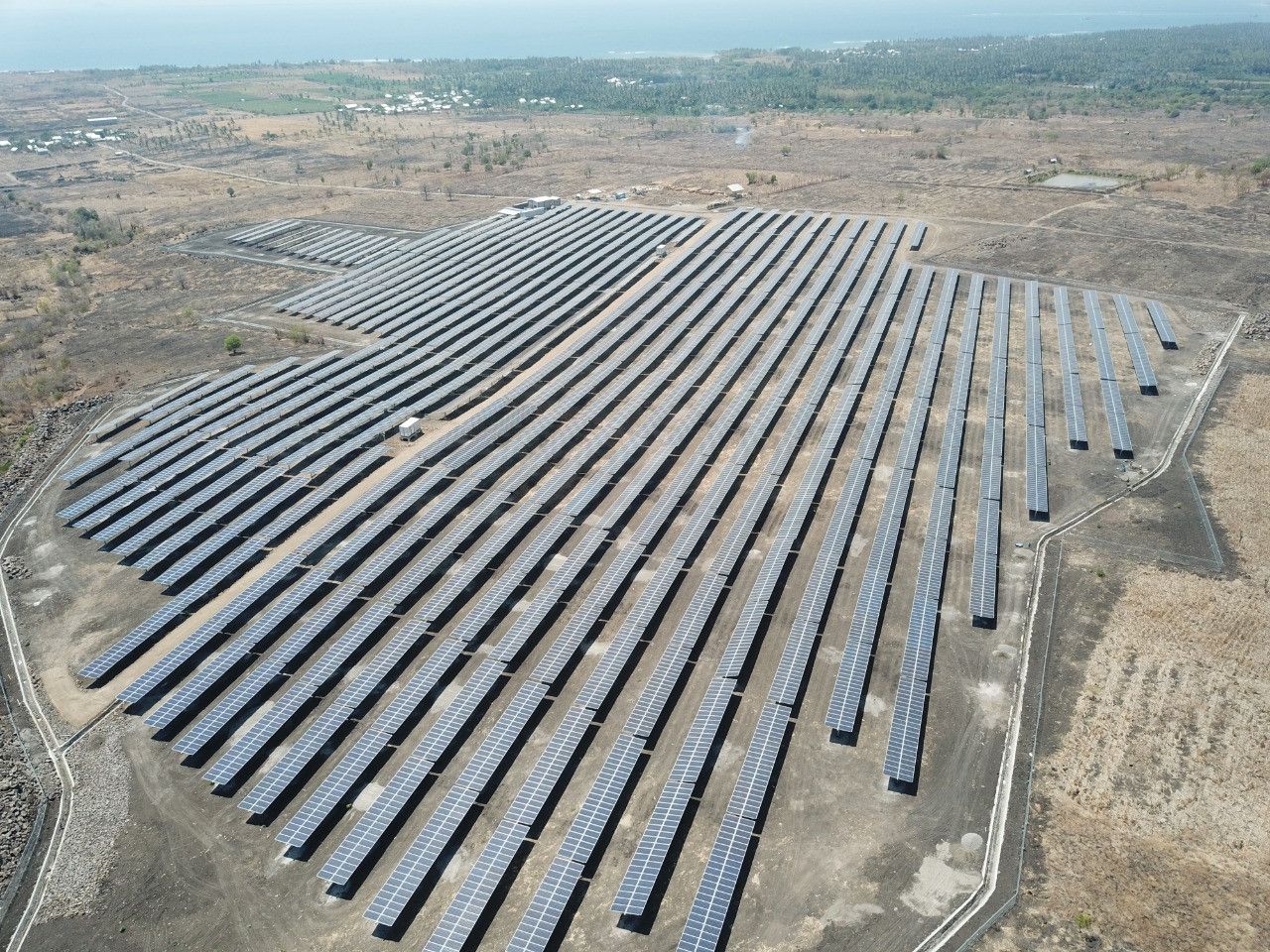
The Jakarta Post | Government issues regulation to jumpstart stalled renewable energy projects
The government aims to jumpstart stalled renewable energy projects through a recently issued regulation as it races against time to catch up with Indonesia̵... Read more.
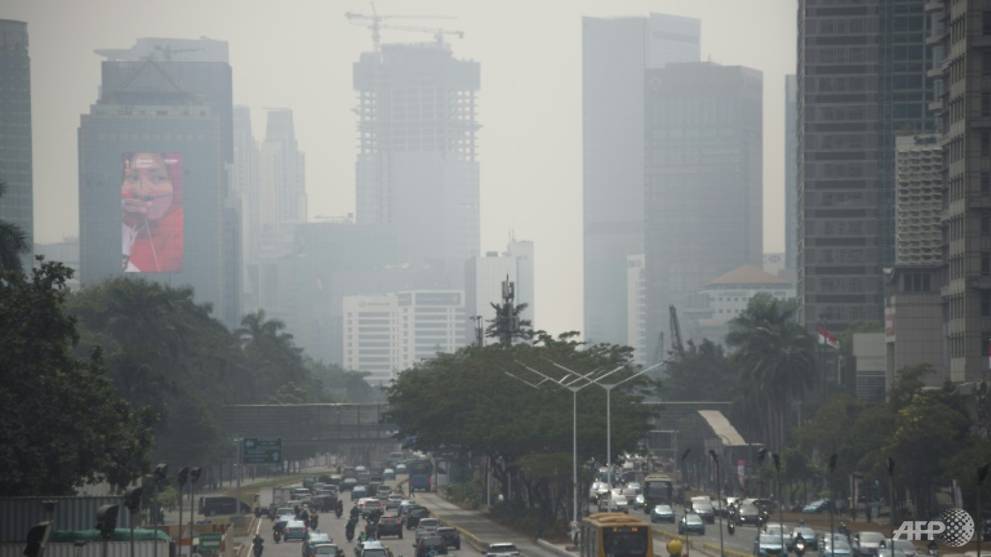
This Week in Asia | Asia’s next clean energy battle isn’t in China or India. It’s in Indonesia
Southeast Asia’s largest economy and democracy is approaching a demographic shift. In the next 10 years, almost half of Indonesia’s population will enter th... Read more.

Bisnis | RUU Energi Baru Terbarukan Perlu Lekas Dibahas
29 Januari 2020 | 17:49 WIB Bisnis, JAKARTA – Pembahasan Rancangan Undang – undang Energi Baru Terbarukan (EBT) perlu dilakukan segera untuk mengaks... Read more.
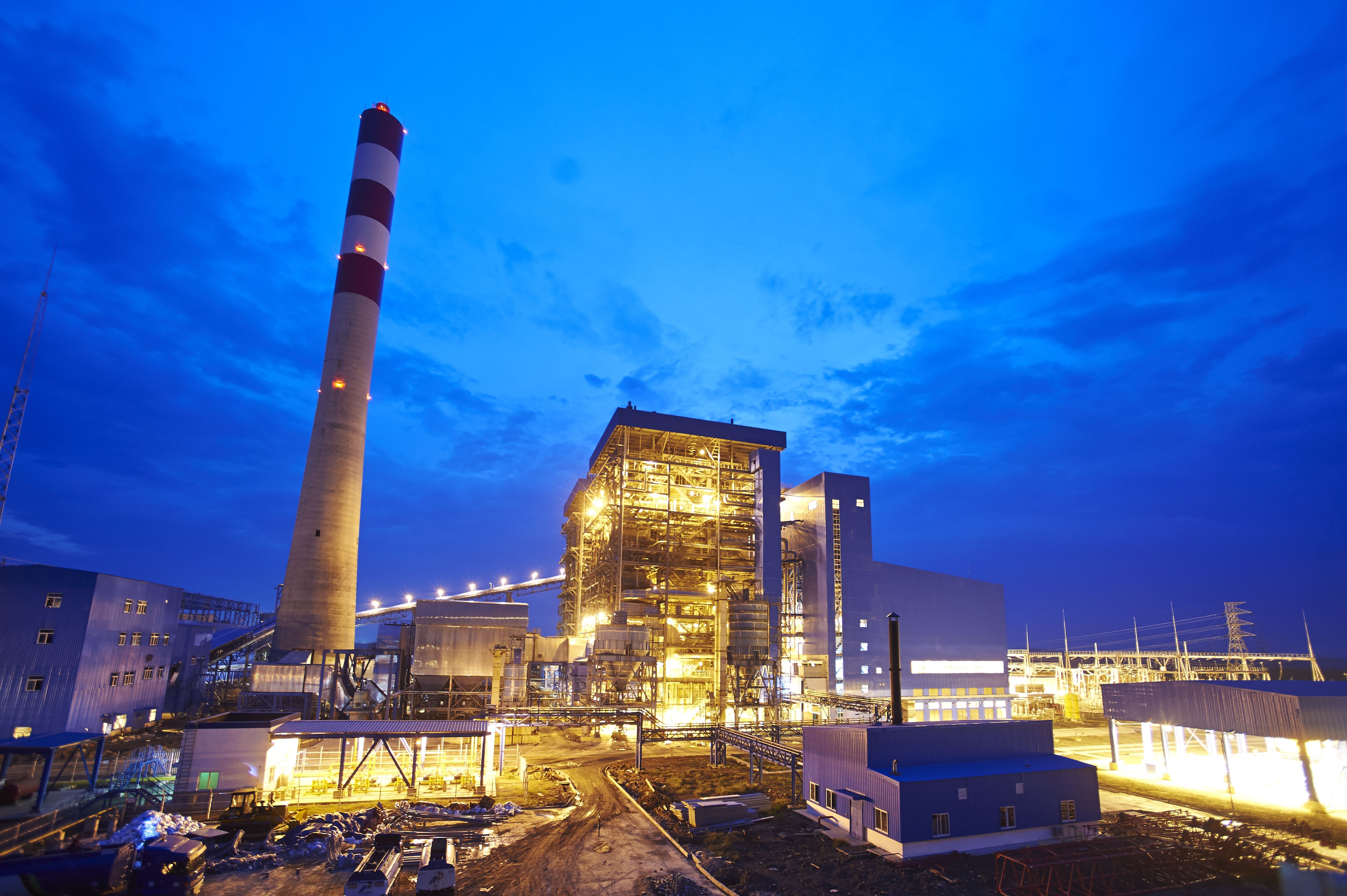
JawaPos | IESR Dorong Pemanfaatan Batu Bara untuk Kebutuhan Domestik
20 Januari 2020, 18:23:46 WIB JawaPos.com – Direktur Eksekutif Institute for Essential Services Reform (IESR), Fabby Tumiwa menyebutkan bahwa saat ini banyak... Read more.
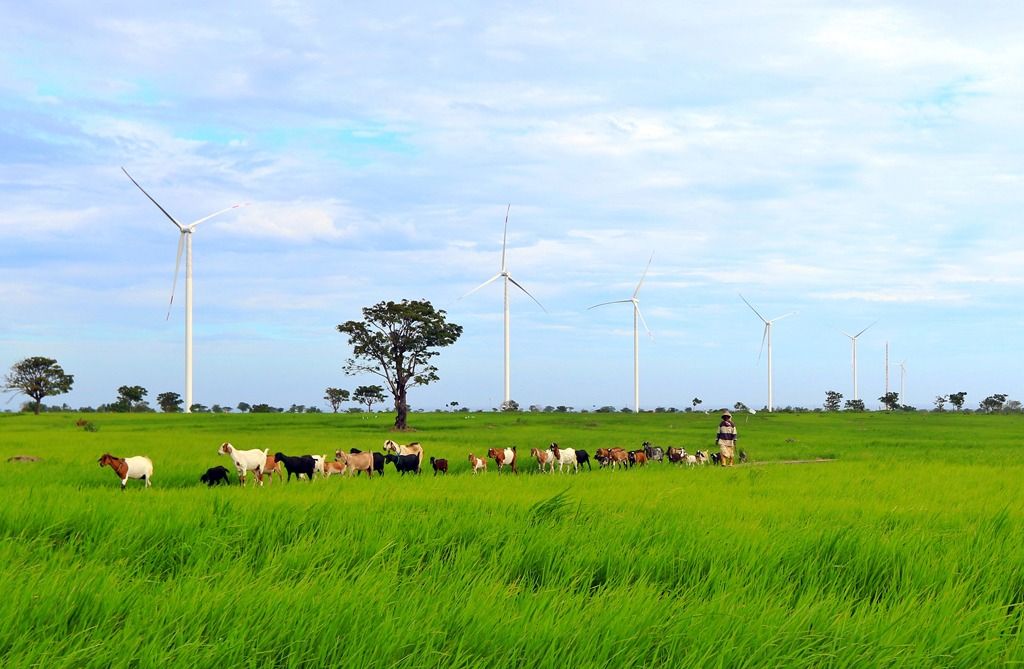
The Jakarta Post | Five more years to meet renewable energy target
The new decade started with a terrifying kick-off. Extreme rainfall occurring from the west of Indonesia from Banten and Jakarta to East Nusa Tenggara, which is... Read more.
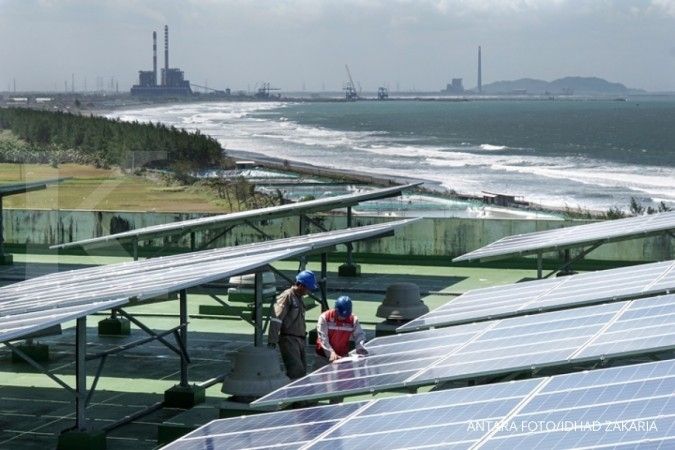
Percepatan pengembangan energi baru dan terbarukan (EBT) terus dilakukan
Kamis, 16 Januari 2020 / 21:00 WIB KONTAN.CO.ID – JAKARTA. Upaya percepatan pengembangan energi baru dan terbarukan (EBT) terus dilakukan. Salah satunya ... Read more.

Catatan Akhir Tahun: Energi Terbarukan Masih Terseok
Jakarta, 23 Desember 2019 “Kita butuh kepastian investasi, sekian tahun ke depan ada kejelasannya,” kata Gatot S Prawiro, Chief Bussines Development Maxpow... Read more.
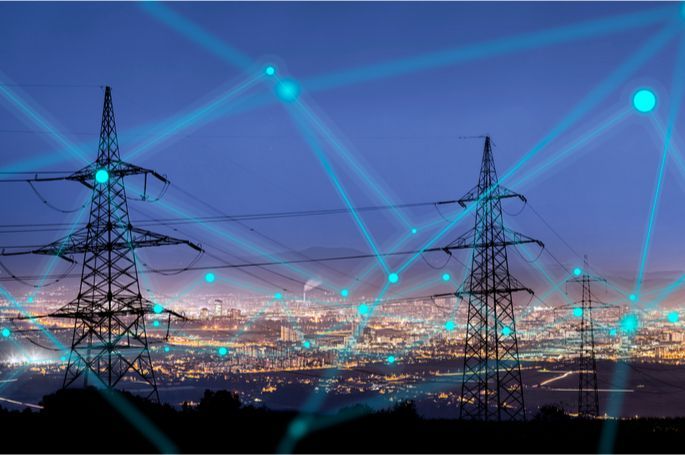
IESR welcomes new PLN’s leadership
FOR IMMEDIATE RELEASE Contact: Fabby Tumiwa Executive Director, IESR (+6221) 22323069 iesr@iesr.or.id Gandabhaskara Saputra Communications Coordinator, IESR (+6... Read more.
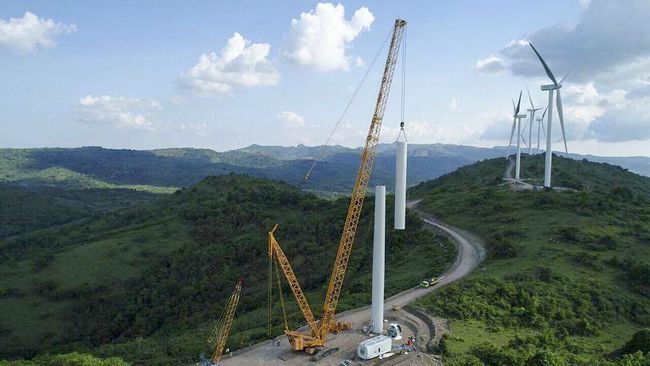
Daya Saing RI Rendah, Investor EBT Kabur ke Vietnam
Jakarta, CNN Indonesia — Institute for Essential Services Reform (IESR) mengungkap alasan penyebab investor energi baru terbarukan (EBT) kabur dari Indo... Read more.

Tambahan 385 MW Tidak Signifikan
ENERGI JAKARTA, KOMPAS — Penambahan kapasitas terpasang listrik dari energi terbarukan sebanyak 385 megawatt pada tahun 2019 dipandang tidak signifikan. S... Read more.
